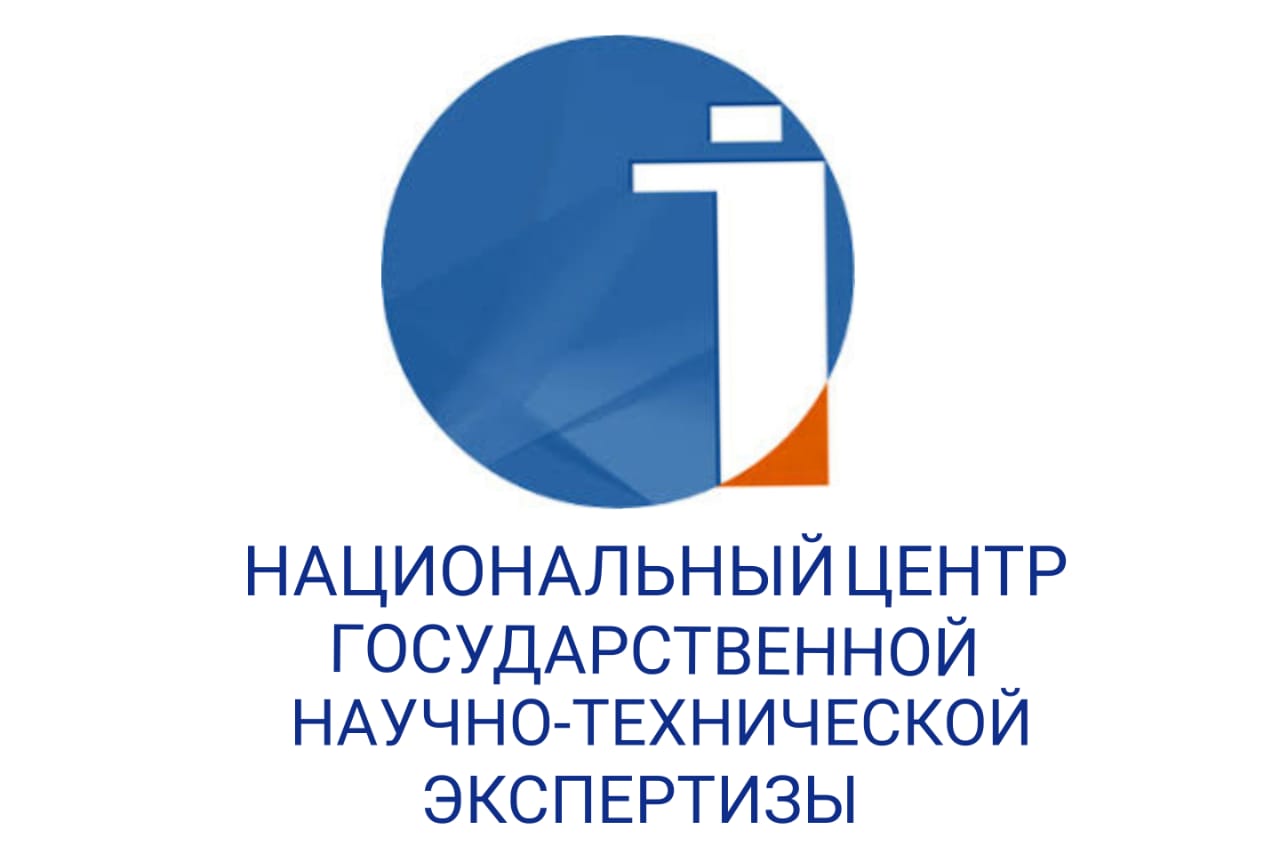POSSIBILITIES FOR THE IMPLEMENTATION OF THE STEM APPROACH IN TEACHING SCHOOLCHILDREN IN MATHEMATICS
DOI:
https://doi.org/10.48371/PEDS.2022.67.4.010%20Keywords:
teaching mathematics, interdisciplinary relations, STEM approach, STEM technologies, STEM education, interdisciplinary competencies, integration, opportunitiesAbstract
In the article, the authors made a brief review of scientific works in the field of application of an interdisciplinary integrated STEM approach in teaching mathematics to schoolchildren. The main purpose of the study is to show the advantages and disadvantages of introducing STEM technology in teaching schoolchildren, as well as identifying the possibility and expediency of using this technology in the process of teaching mathematics. The article emphasizes the importance of introducing STEM education as a fundamentally new design of the educational environment of the school, based on the use of an interdisciplinary approach, identifies and theoretically analyzes the possibilities of using STEM technology, identifies the advantages and difficulties of using STEM technology in the educational process. STEM - education contributes to the development of key skills of the XXI century in students: communication, cooperation, critical thinking, creativity. Research methods: study and analysis of domestic and foreign literature on the relevance and development of STEM educational technologies, analysis of the pedagogical experience of using the STEM approach in a secondary school, as well as generalization and systematization of scientific research results.
Researchers in the field of STEM education note that the use of STEM technology in mathematics lessons will contribute to the formation of students' research skills, increase motivation and the formation of the ability to navigate independently in the information space, and express their own judgments. The ways of solving the problem solution using the principles of STEM technology are described.
In the process of theoretical research, the main directions for the introduction of STEM education in a secondary school were identified: the formation and development of engineering thinking of students, the acquisition of experience in educational and research activities, familiarity with new technologies in the field of natural science and the possibilities of their application to solve real problems, mastering mathematics as a tool knowledge of the surrounding reality.








